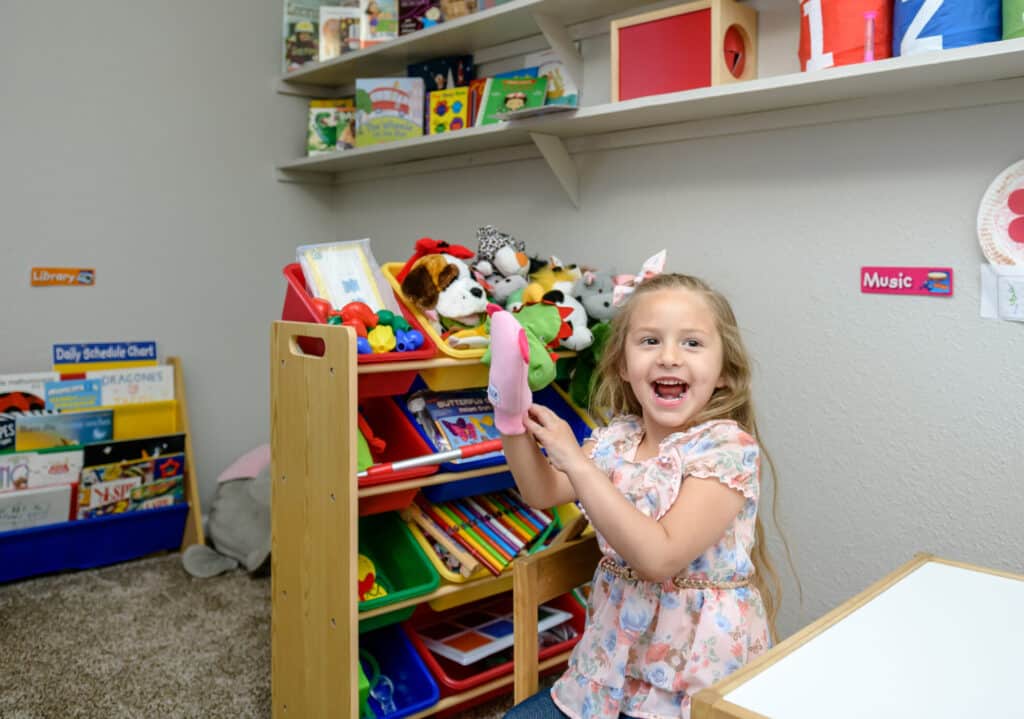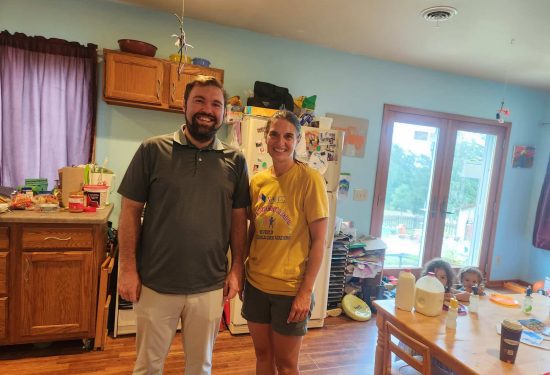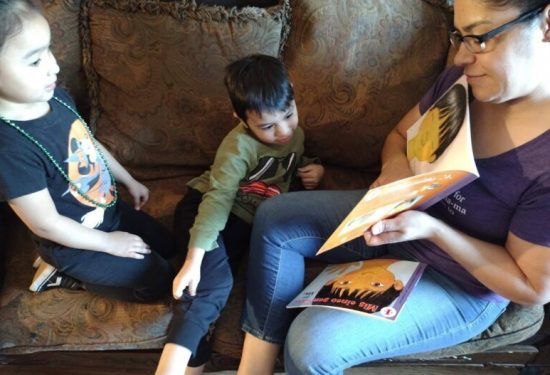Licensing has always been viewed as a minimum set of standards, upon which quality standards are stacked. Across the board, from family child care (FCC) providers to parents to governors, there is agreement that state licensing regulation is necessary infrastructure to enable child safety in group child care settings. Home Grown’s work alongside a Workgroup of FCC providers has demonstrated this; providers view licensing as essential to supporting their practice and validating their professional standing.
Despite this strong support for licensing among FCC providers, there are particular threats and risks to provider sustainability that the current licensing regulations and the monitoring methods pose to FCC providers. National studies reveal that a major factor in the decline of licensed FCC providers is driven by onerous, expensive, confusing, duplicative, and incoherent child care licensing approaches. This risk is of particular concern to the small, sole-proprietor businesses that typically offer care 55 hours a week or more and have increasing expectations for training, reporting, and business operations. FCC providers report that they are burdened by cost, complexity, and negative interactions with system monitors.
Let us be clear: Child care licensing is vital and it must be done differently to better support the care settings parents choose and prefer, including FCC homes.
Often when child care advocates hear “deregulation” or “licensing simplification,” there is an immediate outcry against opening up regulation for review. Allowing unsupervised teenagers to care for children or increasing the number of children that any single adult can supervise are typically the kind of cost-saving, supply-increasing deregulation options that legislators present. In fact, Idaho’s legislature recently considered eliminating state-mandated child care ratios completely. These efforts are indeed dangerous for children and providers and are not viable long-term solutions to child care supply challenges: The strong reactions and concern are well-warranted.
Given both the foundational importance of licensing to the early childhood education system and the challenges that it presents, Home Grown convened FCC providers to discuss licensing regulation in their states, review existing literature and research, and write papers, blogs, and articles on this topic. Their work can be found here.
This Workgroup surfaced several concrete and actionable solutions that will improve licensing standards and monitoring approaches, all based on a principle of child and provider safety and well-being and reflective of the realities of the work that providers do. Central to these recommendations is a role for providers in co-creating the regulations and informing the monitoring approach. These improvements will advance a system where more providers participate in licensing and succeed in meeting compliance requirements while serving the families who rely on them.
Ideally, state child care administrators would proactively launch comprehensive regulatory review processes. FCC and other types of providers and licensing monitors should partner in the design and completion of the review process and in making recommendations for changes to regulation and implementation. A state’s review process should include not only study of existing regulation and quality rating and improvement standards, but also of the history of licensing violations over time, by care setting. This will allow for the relationship between violations and child safety to also be studied. In most states, the primary licensing violations are paperwork related – not safety related. Could these violations be prevented if monitoring was conducted differently – perhaps through better use of modern technology? Could some of the documentation regulations be moved out of regulation and into the quality rating system process where providers typically get more training and technical assistance and where the stakes are lower?
A streamlined set of regulations, to include only those that are considered by providers and administrators as high risk to child safety, should be the primary goal of the review process. Additional deliverables should include tools, resources, and mini grants to assist providers in meeting and maintaining compliance and tools, training, and templates to ensure that monitors are clear in their understanding and consistent in their interpretation of the regulation. Increased uniformity and transparency around the regulatory compliance process is a more achievable goal once streamlining and coherence has occurred. For instance, Home Grown’s Workgroup identified several ways that states can better support FCC providers in achieving and maintaining licensure, including: provide providers with pre-licensing assistance and support; provide opportunities for providers to learn from one another through peer-to-peer mentorship; and improve current and create additional professional development opportunities focused on the meaning and context of regulatory standards and strategies for compliance.
Licensing regulation is foundational to the child care system. Yet, as we continue to experience program closures and shrinking supply of child care seats, there is evidence to suggest that regulation as it exists today may be contributing to this challenge. A provider-led review of state regulation, history of regulatory violations, and regulatory implementation that is expressly designed to focus on streamlining licensing with intentionality can minimize licensing barriers without sacrificing child safety. Providers have direct knowledge of the impact that regulations have on their businesses and the programming they offer. Their insights can be transformational as states continue to wrestle with limited child care funding and growing need.
Additional Reading:
Rethinking Child Care Regulations and Standards (Buffett Early Childhood Institute)
Building Belonging: Valuing Family Child Care via State Licensing Systems (Home Grown)Right Sizing Child Care Regulation: Crafting Standards That Encourage Supply and Protect Children (Opportunities Exchange)




